Harvey Alférez, Ph.D Data Scientist, School of Engineering and Technology, Montemorelos University, Mexico A while ago I was browsing the Internet when I found a cool website for young people named “Pope to You” [1]. On this site, visitors can find the latest news about Benedict XVI, a Facebook application to hear his words, see photos and receive his messages, watch videos on YouTube and follow his activities in the world through iPhone and iPod Touch. It is a fact that we are living in a world of daily technological changes that even affect the way we live religion. It is the time that Daniel prophesied about: “But you, Daniel, shut up the words, and seal the book until the time of the end; many shall run to and fro, and knowledge shall increase” (Daniel 12:4). Why the people are running to and fro? The Bible answers: “'Behold, the days are coming,' says the Lord GOD, that I will send a famine on the land, not a famine of bread, nor a thirst for water, but of hearing the words of the LORD.” (Amos 8:11). People need to know about the message of salvation and technology is a powerful way to reach them. There is a video [2] on YouTube produced for The Third Annual Media Convergence Forum 2009 [3] with the following interesting facts about how technology is changing the world: over 1,000,000 books are published worldwide every year; a Google Book Search scanner can digitize 1,000 pages every hour. American have access to 1,000,000,000,000 web pages and 65,000 iPhone apps. Newspaper circulation is down 7 million over the last 25 years, but in the last 5 years, unique readers of online newspapers are up 30 million. In 2009 traditional advertising declined but digital advertising grew rapidly. The number of unique visitors to ABC, NBC and CBS get every month, collectively is 10 million; the number of unique visitors to mySpace, YouTube, and Facebook get every month, collectively is 250 million. The average American teen sends an average of 2,272 text messages per month. Nokia manufactures 13 cell phones every second. 93% of U.S. adults own a cell phone. Based on these facts related to nowadays technology, I ask myself: What can we do as Adventist geeks to explode technology at the highest dimension to support the Adventist mission? How can we shake the world with technology such as Paul and Silas did at their time (Acts 16:20)? These are some ideas:
This is the right time for Adventist geeks to take advantage of technology. If we do not act now, others will do it! Revelations 18:1, 2 warns us of an spiritual polarization. The bad will be extremely bad and the good extremely good. Just like Pr. Mark Finley says, we are in the middle of a cosmic battle for the domain of our minds. Are we going to lift up Jesus from the earth using technology (John 12:32)? Are we going to impact the world joining our technological skills and knowledge to the service of God, just like a candle in the middle of the darkness (Matthew 5:14)? Time is close to the end and also our opportunity as Adventist geeks (1 Corinthians 13:8). ***** Dr. Harvey Alférez is a professor at the School of Engineering and Technology, Universidad de Montemorelos, Mexico. He holds a Ph.D. in Computer Science (Summa Cum Laude) from Universitat Politècnica de València (Spain). His research interests include Data Science and Big Data. He has contributed to publications in top journals, book chapters, and international conferences (Scopus h-index: 6). Dr. Alférez enjoys playing the piano and family time with his wife, Doris, and sons, Johan and Daniel. His personal website is: www.harveyalferez.com References: 1. Pontifical Council for Social Communications. (2009). “Pope To You.” Retrieved 18 March 2010 from: http://pope2you.net 2. The Economist. (2009). “Did You Know? Version 4.0, Fall 2009.” Retrieved 18 March 2010 from: http://www.youtube.com/watch?v=6ILQrUrEWe8 3. The Economist. (2009). “Media Convergence Forum.” Retrieved 18 March 2010 from: http://mediaconvergence.economist.com 4. White, E.G. (1898). “The Desire of Ages.” Pacific Press Publishing Association, Nampa, Idaho. PP. 822. 5. Office of Global Software and Technology, General Conference of the Seventh-day Adventist Church. (n.d.) “Adventist Forge.” Retrieved 18 March 2010 from: http://adventistforge.org 6. Google. (2010.) “Google Code.” Retrieved 18 March 2010 from: http://code.google.com 7. Free Software Foundation. (2000). “Free Software Directory.” Retrieved 18 March 2010 from: http://directory.fsf.org Reposted with permission from the author. Original post appeared here.
1 Comment
Harvey Alférez, Ph.D Data Scientist, School of Engineering and Technology, Montemorelos University, Mexico It is amazing to read about the achievements made by the pioneers of the Protestant Reformation, heroes of faith, who defended their beliefs even in the darkest and most challenging times. They fought spiritual battles in order to bring light to the lives of many who had hunger of Truth. Today, even when we have easy access to information by the Internet, TV, and other media, there are still so many who do not know about the beauty of the Adventist message while drowning in a sea of misinformation. As “Adventist geeks” [1], we have been called to be technology reformers who use and develop technologies no matter barriers or limitations in order to show them Jesus and His great plan of salvation in an attractive and practical way. Specifically, this column presents three aspects found in the lives of Nehemiah, a tremendous leader, and three early reformers, Martin Luther, William Tyndale and John Knox, that are worthy of imitation in our mission as technology reformers. 1. The first aspect we can find when studying the lives of religious leaders is a daily communion with God by a life of prayer and study of the scriptures. Let's recall Nehemiah. When he heard that his brethren had a great affliction, the wall of Jerusalem was broken down, and the gates were burned with fire, he prayed before God for this situation, not just for a day, but during “certain days” (Nehemiah 1:4). He also prayed before talking to the king Artaxerxes (Nehemiah 2:4), under conspiracy (Nehemiah 4:9), and in times of distress (Nehemiah 5:19). Just as Nehemiah, Luther dedicated long hours in prayer [2]. During the Diet of Worms, an important milestone in the history of the Reformation, “the light of Heaven illuminated his countenance” [3], just like Stephen when was being stoned (Acts 6:15). John Knox, a Scottish clergyman and leader of the Protestant Reformation, was also a man of prayer. Writing about Knox, Ellen G. White mentions: “Thus he kept to his purpose, praying and fighting the battles of the Lord, until Scotland was free” [3]. The grand principle maintained by early reformers “was the divine authority and sufficiency of the sacred Scriptures” [3], as testified by Luther's words at the Diet of Worms: “I am bound by the Scriptures I have quoted and my conscience is captive to the Word of God” [4]. Now, let me ask: Do you have a life of prayer? Have you offered your technology talents to God in prayer so He can use them? Have you asked God to give you the opportunities and resources to help His Church with technology projects? How much time do you spend studying the Bible per day? 2. The second constant in the lives of spiritual leaders is passion to accomplish an important task. Every spiritual leader has something important to accomplish: Nehemiah was called to restore Jerusalem, Luther initiated the Protestant Reformation, Tyndale translated the Bible into English, and Knox led the Protestant Reformation in Scotland. All of them work with a great passion to accomplish what God had put in their minds, no matter persecution or death. Nehemiah led vigorously the reconstruction of the walls of Jerusalem and carried out many reforms in Judea, despite opposition. Luther was an “ardent and zealous, fearless and bold, in reproving sin and advocating the truth. He cared not for wicked men or devils; he knew that he had One with him mightier than they all” [3]. Tyndale replied to an angry Catholic doctor, “I defy the Pope, and all his laws; and if God spares my life, ere many years, I will cause the boy that driveth the plow to know more of the Scriptures than thou dost!” [5, 6]. John Knox “feared not the face of man. The fires of martyrdom, blazing around him, served only to quicken his zeal to greater intensity. With the tyrant's ax held menacingly over his head, he stood his ground, striking sturdy blows on the right hand and on the left, to demolish idolatry” [3]. I invite you to define clear goals and projects to support the Adventist mission with technology. For example, think about the problems you can help to solve with the construction of websites or mobile applications. Remember to define goals with settled deadlines. Do not despair or weaken if there are obstacles on the way because God will go with you! (Joshua 1:9). 3. A technological preparation guided by God is the third aspect I want to mention. As technology geeks, we are eager to learn about technologies and find optimal solutions to real problems. We love to read about the latest gadgets and scientific researches. Some have graduated with a major in IT and others have gained technological knowledge by self-learning. No matter the situation, there is a high probability that if you are reading this column is because you love technology and want to use your IT knowledge for the good of the Adventist mission. I am completely sure that you have had a technological preparation because God has guided you in this direction! During the centuries God has provided special training to spiritual leaders. Let us recall the case of Moses who was educated in the best Egyptian schools and while tending the flocks of Jethro in Midian. Daniel was brought to the king's palace to lean the language and literature of the Babylonians. Nehemiah had the preparation to be in an influential position where he could work in favor of his people. Luther was a Doctor of Theology, Tyndale studied in Oxford University and in the University of Cambridge, and Knox studied at the University of St. Andrews. No matter what level of preparation on IT you may have, use it for the Lord! Learn more, multiply your talents and God will use them for the good of His Church (Matthew 25:21). God is calling you today to be a technology reformer: Be brave, passionate and hardworking. Let's be His co-workers in this important task in a world which needs you: “the harvest is plentiful but the workers are few. Ask the Lord of the harvest, therefore, to send out workers into his harvest field” (Matthew 9:37, 38). ***** Dr. Harvey Alférez is a professor at the School of Engineering and Technology, Universidad de Montemorelos, Mexico. He holds a Ph.D. in Computer Science (Summa Cum Laude) from Universitat Politècnica de València (Spain). His research interests include Data Science and Big Data. He has contributed to publications in top journals, book chapters, and international conferences (Scopus h-index: 6). Dr. Alférez enjoys playing the piano and family time with his wife, Doris, and sons, Johan and Daniel. His personal website is: www.harveyalferez.com References: 1. Alférez, Harvey. (2010). “Looking for Adventist Geeks.” Retrieved July 5, 2010, from http://www.spectrummagazine.org/blog/2010/06/22/looking_adventist_geeks 2. Bainton, Roland. (1995). Here I Stand: a Life of Martin Luther. New York: Penguin. 3. White, Ellen. (1947). The Story of Redemption. Review and Herald Publishing Association. 4. Brecht, Martin. (1996). “Luther, Martin,” in Hillerbrand, Hans J. (ed.) Oxford Encyclopedia of the Reformation. New York: Oxford University Press. 5. Lecture by Dom Henry Wansbrough OSB MA (Oxon) STL LSS. Retrieved July 2, 2010, from http://users.ox.ac.uk/~sben0056/Tyndale.London.htm 6. Foxe's Book of Martyrs, Chap XII. Retrieved July 2, 2010, from http://en.wikisource.org/wiki/The_Book_of_Martyrs/Chapter_XII Faith Hoyt Communications Intern, Nevada-Utah Conference of Seventh-day Adventists There is a new mission field waiting for the church. No long flights necessary, and the destination doesn’t require learning how to sleep in a mosquito-repelling hammock. As the title suggests, this isn’t a reference to the traditional mission field, but the digital one, accessible from your home computer. The new mission field is the internet. Thus far in 2017, the World Wide Web saw roughly 3.8 billion users. Of that amount, 2 billion are reportedly on Facebook. This social media platform which was established in 2004 now represents the largest country in the world, and because of it, churches have never had easier access to the multitude. When members share their faith with their personal network on social media, their witness does not fall on deaf ears. According to Digital Strategist Jason Caston, “90 percent of customers trust a peer recommendation on social media.” Apply this to how you talk about Jesus on the internet. Ninety percent of the people who will see the post will trust what you say. The gravity of this is enormous. When members use their sphere of online influence to share their faith, they influence a listening audience. That audience won’t act upon just one post, however. In the marketing world, there is an old adage about “The Rule of Seven.” A person typically needs to see a message seven times before they take action. Consider that adage next time your church plans an event. Be thoughtful about how many times your message is getting shared, and via how many different channels. Churches who consistently update their social media provide content that members can share, giving the community yet another opportunity to hear that message, and ultimately, act on it. Unfortunately, church Facebook pages have long been used to post information to their internal audience: church members. Jamie Schneider Domm, digital strategist for the North American Division, is challenging that, and encouraging churches to use their social media to reach beyond their own members and build relationships with the rest of the online community. One solution she suggests is Facebook ads. “I don’t think people realize how powerful Facebook Ads can be for churches,” says Domm. “The ability to reach very specific individuals in your town is unprecedented. We must begin to wield this tool to connect with people that need to learn about Jesus.” By doing something as simple as live streaming weekly sermons on Facebook, churches can share the gospel with the online world. “We can use social media to share the gospel, inform the community of events, get our members involved, and build relationships,” Domm says.
Platforms such as Facebook are an incredible tool for sharing the Good News, but that message needs to be spread with the help of church members. Ellen White once wrote, “Let every worker in the Master’s vineyard, study, plan, devise methods, to reach the people where they are. We must do something out of the common course of things” (Evangelism 122-128).” Facebook seems to fit that bill. However, in order to reach the multitude, the church needs your help. Start by following your church Facebook page. Stay updated on church events so that you can share invites with your personal network. Use social media to start building relationships with the community around you. These simple steps can make a profound impact on the digital footprint we as a church leave. The world needs more digital missionaries, and if ever there was a time to volunteer, the time is now. Jamie Schneider Digital Strategist for the North American Division. Your Best Pathway to Health (#PathwaytoHealth) is a ministry that serves needy communities by providing entirely FREE mobile clinics, offering medical, surgical, and dental care, as well as counseling and other critical services in cities throughout the United States. This past July #PathwaytoHealth took place in Beckley, WV in the very heart of Appalachia, an area with a population of about 200,000. The Social Media + Big Data department of the North American Division provided support through a comprehensive digital strategy that, among other goals, sought to generate community awareness. In addition, it became clear that social media would and continues to be a valuable tool for relationship building and community care. To begin, we launched a six-week awareness or ‘buzz’ campaign combined with strategically placed Facebook paid ads to recruit volunteers and generate community awareness. This buzz campaign then culminated in live coverage of the event, in coordination with traditional media. Truly effective communication strategies work in tandem across all channels and platforms. The social media component of this campaign served to magnify the impact of traditional media, as well as create a collective story of what God was able to achieve through the ministry of #PathwaytoHealth. I encourage you to search #PathwaytoHealth on Facebook, Twitter or Instagram for post examples and to learn more. As a result of this campaign strategy, over 1.9 million impressions were tracked on social media, easily reaching over 1 million people. By comparison, the previous #PathwaytoHealth event in Los Angeles, CA was bigger than the Beckley, WV event in every way, except social media reach. The difference was the integrated digital communications strategy at the Beckley event. This enabled us to reach beyond a small local community in a powerful way, through the testimonies and stories shared. I can only assume that #PathwaytoHealth made a good first impression. It is possible that many of the people who saw this content had never heard of the Seventh-day Adventist church before. In addition, the event in Beckley reached all 50 states and over 94 countries online. The full impact of this exposure cannot be fully appreciated until the next #PathwaytoHealth promotions begin and can be compared. However, it is safe to assume that increased awareness will result in increased support, both through volunteering and donations, in the future. The ‘Rule of 7’ states that a person needs to be exposed to a message at least seven times before being motivated to action. Half the battle is cutting through the clutter online in order to reach people in a meaningful way, telling a story that inspires them to serve or support. An integrated strategy that continues to build on itself is the key to long term gains. However, the social media component of this campaign was about more than just exposure; it also served as a powerful recruitment tool for patients. One patient heard about the clinic on Facebook and drove all the way from Ohio with her family. We knew anecdotally that a significant number of patients had heard about the health clinic from social media. In many cases it was a friend or family member who had seen a promoted (paid) post and spread the word. We know that “92% of ‘consumers’ trust referrals from people they know” (Nielsen). But how can we be sure that social media had a significant impact? To answer this question, the exit survey asked 934 patients to identify all the ways they had heard about the clinic. This revealed how our more traditional communication channels performed, with 15% of patients saying they had seen a flyer about the event. The results also showed that social media outperformed all the traditional advertising, and was second only to referral by friend or family member, clearly showing the impact of social media in promoting #PathwaytoHealth to the local community. In the future, the survey needs to also ask respondents to identify where their friends or family members had heard about the event. Word of mouth is a huge driving factor behind behavior, so it’s important to quantify how those who referred their friends heard about #PathwaytoHealth originally. These results can affect future strategy and help optimize communication costs as well as time. Lastly, social media as customer care was a key element during the live strategy, again working with other methods of communication to enhance the overall patient experience. Platforms like Facebook are designed for engagement and relationship building. It can be a powerful tool for identifying, responding, and resolving issues in a timely manner. A patient journey could begin and end on social media. For example, much of my time spent during the event involved answering questions and communicating directly with potential patients online. In certain cases, the first point of contact was on Facebook. The patient then came for services, shared a testimony, and later followed up online for additional information and resources. Months after the event, the #PathwaytoHealth team is still answering questions on Facebook from the Beckley community and caring for their needs. By continuing to engage through social media, email, and in person, #PathwaytoHealth (and by association the Adventist church) is building a reputation as an organization that truly cares about the people it serves. Moving forward, we would like to use data science to better understand the health of a community and better anticipate its unique needs while still in the planning stages, enabling #PathwaytoHealth to magnify it’s impact in a relevant way. We would also like to test out the use of wearable or tracking tiles to analyze patient transport patterns in real time to assess the effectiveness of the event layout and to note areas of congestion, as well as to better understand the patient experience. Similar technology has been used in department stores, hospitals, and museums to enable organizations to better optimize their space. These are just a few examples of how social media and data science can be incorporated into a more traditional communications model to effectively multiply awareness and enhance the experience of the individuals served. We have more resources than ever before to reach and meet the needs of the community. And may the Lord our God show us His approval and make our efforts successful. Yes, make our efforts successful. (Psalm 90:17, NLT) Post your comments or questions below!
Paul Hopkins Director of Social Media + Big Data, North American Division Membership Engagement, Revenue and Big Data Warehousing Uncertain Future? The Seventh-day Adventist Church of North America has an opportunity to grow with its membership. The suggestions offered within these pages are not an end-all to many of the issues and struggles we face as a church, but do cover three very important components that must be addressed going forward and that tie into an online database solution.!
discretionary income within the Church. This same group is gradually becoming overwhelmed by the sheer number of vehicles used by church ministries and institutions to convey needs. At the same time, a growing number of Adventist youths see the Church as increasingly irrelevant in their day-to-day lives. The top-down mandate/management model is out of touch with how Gen-Xers and Millennials relate to the world. Both of these groups want a strong Church but need a voice in determining how they will help and in what manner. As desperately as members want to connect with the institution, the Church continues to look for ways to connect with its membership, raise money, and understand the habits and interests of the greater body. We think that we know what our members want, but do we? And if not, what hope is there for sustainability? I’m suggesting that the Church build a single web portal that focuses on volunteerism and philanthropy, an online content repository and social collaboration hub that offers choices to individuals, additional funding to organizations, and answers to the Church about who our members are and what they care about. This would all take place within a community that many of them already inhabit: the Internet.! Engage your members with great opportunities, and they’ll often donate and/or volunteer. Process those actions in a controlled environment, and you will better understand the member’s needs. Know the needs, and you will understand how to engage members better. ENGAGING OUR MEMBERS: The Diffusion Model and the Technology Cycle Sociologists describe the way a catchy idea becomes popular as “diffusion,” a theory that Everett Rogers popularized in the 1962 book Diffusion of Innovations. The earliest research was used to track purchase patterns of Iowa hybrid corn growers, and then was expanded upon by Rogers to describe how new technologies and innovations can catch on. If one accepts the notions that technology is permanent and that the interconnectivity of people’s communication, ideas, and collaboration will continue to cycle through social media and electronic applications, then a huge problem presents itself to the North American Division. Rogers splits his bell curve into five groupings: Technology Innovators, who like technology just because it’s tech; Early Adopters (Visionaries), who are enamored with what technology could be; Early Majority (Pragmatists), who need the technology to be stable, reliable, and supported before embracing it; Late Majority (Conservatives), who prefer traditional methods and only dabble with technology; and Laggards (Skeptics), who may never embrace it at all. Adaptations of the model vary, but Geoffrey Moore’s book Crossing the Chasm adds a gap between the first two groups and the last three and focuses on the life cycle of technology adoption. The Chasm is the period between the time when an idea crosses the confusion threshold and the time when the number of variations drops to the point that people care to grasp what it means or can filter through the options. The Green Line follows the technology cycle. An idea appears, and boundaries of the definition of that idea aren’t known. Many interpretations of that idea appear, time passes, the idea is explored, and fewer variations are left. From that point, the number of things that define a concept is reduced. This can happen over a number of years or in a relatively short span (with technology). Examples include: (a.) A lack of options and marketplace interest ushered in the development of consumer-level analog recording devices, many of which are now forgotten (green line ascends and then levels off). Consumers eventually narrowed down their choices to Betamax and VHS (line descends). Betamax had higher quality but shorter recordings, while VHS quality wasn’t as high but offered double the recording time. Eventually VHS prevailed as the standard (line levels). The Early Majority began adopting it, but much later in the game. (b.) A similar thing happened with high-definition players. Variations became available (green line ascends and then levels off) but eventually came down to Blu-ray and HD-DVD (line descends). The technology was almost identical, but larger offerings from film studios released for Blu-ray made this the clear winner for consumers (line levels). You can gather from the graph and the examples that the Yellow Line represents the point where the number of variations to an idea becomes too great to communicate an idea to an uninitiated audience. In other words, everyone to the right of the chasm becomes overwhelmed and waits for a clearer choice or winner. The Blue Line represents social and electronic media applications. This is a problem for us because the number of applications and variations of social media and electronic applications is only increasing. There is no foreseeable plateau and then dip, so the Early Majority, Late Majority, and Laggards of this generation may never adopt the technology. Let’s return to the demographic and psychological profiles that the North Central Rural Sociology Committee created for its Study of Diffusion of Farm Practices. The report summarized the categories as:
Do you see a correlation? Christians are a more conservative group than the average citizen. Seventh-day Adventists are more conservative than the average Christian. As a conservative body, many that ascend to leadership positions tend to share characteristics with those to the right of the chasm and are less willing to accept new ideas. And while waiting for a clear winner in the VHS/Beta war hurts no one but the consumer, waiting for standards in social media and other electronic applications to work themselves out could put us too far behind ever to recover. Our Church has done an outstanding job of utilizing traditional marketing tools, but this is reflected again in the top-down communication approach. It’s time that we furthered our efforts and directed greater resources within higher engagement areas we’ll discuss later in this document. INITIATIVES THAT MATTER: Volunteerism: Many organizations outside our Church have brought philanthropy (annual fund programs, major gifts, capital campaigns) and volunteerism under a single department. Volunteerism is but one strategy of connecting with the community and is leaned on heavily, especially by underfunded and understaffed charities. The Seventh-day Adventist Church believes that volunteerism is a central part of our mission and worthy of its own departmental directive. Volunteerism and philanthropy strive to foster change and improve circumstances but do so in very different ways. Both have a place in the same conversation. A shared central hub would serve both interest groups, as there is an enormous amount of crossover and relevance to philanthropy when looking at volunteers. ! Think about this: Utah had the highest volunteerism rate of any state in the United States. An impressive 33% of Salt Lake City residents volunteered last year, ranking them fifth out of the defined 381 metropolitan statistical areas (MSAs) for the United States. Provo, Utah, had the highest percentage of its population—over 60%—volunteer out of all cities with populations between 500,000 and 1 million people. Provo is also home to the LDS Church’s largest Missionary Training Center. The LDS Church has created a strong culture of volunteerism within the states and cities where it has large population bases or a strong presence. The average Mormon commits nine times as many hours per month (nearly thirty-six hours) to volunteer activities as other Americans do. The LDS Church’s strength in active volunteerism is successful because it is a central Church tenant. The Church also recognizes that the primary barrier to volunteerism is not time, language gaps, childcare responsibilities, financial obligations, lack of transportation, misconceptions about volunteering, fear, or apprehension. The greatest factor is accessibility, so they’ve established a well-organized system that provides abundant volunteering opportunities within an easily accessible framework. Volunteerism isn’t just service for the community; it represents real cash value. In 1995, the Church’s human resources department estimated that the 96,484 volunteers serving at the time contributed services having an annual value of $360 million. This data did not include those serving as full-time LDS missionaries. Volunteering has trended upwards for all teenagers in North America (16-19) over the past six years and for Gen-Xers (1965-1981) for the last eleven years. Older adults (over 65) volunteer at a rate of over 80%. An average of 26.5% of Americans sixteen and older volunteered in 2012. Volunteers are almost twice as likely to donate to a charity as nonvolunteers. When volunteerism percentages are higher in cities, so are other important factors. We see evidence of this when looking at the fifty-one largest MSAs, and it is almost uniformly true as you go from the top to the bottom. Note three cities that cover the spectrum: It is hard to say if volunteerism increases giving, or if giving increases volunteerism. In this chicken-or-egg conundrum, the only thing that we do know is that they seem to go hand in hand. Communities of people feed off of the giving and volunteerism that occur around them, and are transformed. Communities of believers who share a central focus on giving and volunteerism stand to benefit even more than the general population when opportunities are available and accessible. The Seventh-day Adventist Church needs an additional vehicle by which members can collaborate, give, volunteer, and explore. We are not so different from our Mormon brethren. A central repository that allows donors and volunteers to shift focus easily and alternate between the voluntary and fundraising functions of a new website in the fewest number of steps is critical to keeping people engaged and remaining within the portal/database for a longer period of time. Volunteers tend to give, and givers tend to volunteer. By offering a central location for believers to explore both areas, we increase the activity of both groups (and often the same people). We are also providing a service for our members to connect with each other and deeply experience how they can partner with others, including the Church. Philanthropy: The Seventh-day Adventist Church is years behind where it needs to be in terms of philanthropy. My colleagues and I have witnessed academies hire fundraisers and expect a huge philanthropic upswing within a year, or insist that a needs-based dollar amount be met. When that doesn’t happen, as is most often the case, the fundraiser is often fired. Other boarding schools commit to maintaining the fundraiser long enough to realize bottom-line improvement. But then some of these schools still eventually fire their fundraisers, shortsightedly wanting to use the fundraiser’s salary for other needs. They assume the same donors will keep giving to what they believe in when the fundraiser was there. Another group of academy administrators keeps its fundraiser but expects these individuals to raise all of the funds. In each of these situations, it is important to remember that relationships take time, and donors—especially major gift donors—prefer to work with leadership to turn a vision into a reality. They’re giving to that vision, to that relationship, not because an organization needs a new building but because that building will welcome and train students to bring others to Christ. Organized philanthropy in our Church is relatively new when compared to the systematic generosity of the Andrew Carnegies and Henry Dunants of the world. Our intentions, although good, are often misguided from a lack of experience. Academies in some ways reflecting the “pass the offering plate” culture of the church. We fail to understand that to capitalize on the partnerships we could be forming, we must do so in ways that are meaningful to donors. That is not to say that Adventist institutions don’t benefit from generosity. The Seventh-day Adventist Church received $3.2 billion dollars in tithes and offerings last year. We have 17.5 million current members around the world, and 1.1 million of those reside in North America. Healthcare Giving in the North American Division Health System is represented by 62 institutions that reported receiving $725,501,674 last year. That is staggering, but… The Hartford Institute for Religion Research released a report in 2011 titled, “A Decade of Change in American Congregations.” In total, 11,077 Christian, Muslim, and Jewish congregations (120 denominations) were included in the research. The study, which was written by David A. Roozen, looked at the years from 2000 until 2010. Several things from that report are striking, including the following:
Seventh-day Adventists in North America should be worried if we continue on this path. There is a noticeable drop in attendance in many of our congregations, especially among young adults. Tithe has flattened and will drop in the coming years. And from the Division office to lower branches, we have not made a concentrated effort to be innovative technology enthusiasts. There are pockets of success but not enough to stop the slide. Tithing is not a sustainable way to fund the church going forward. A general survey of our nation’s young adults found that Millennials are more trusting of institutions––except churches––than older generations are: Elders (41%), Baby Boomers (41%), Gen-X (34%), and Millennials (30%). We did not start losing church connectedness through giving and volunteerism with Millennials; the phenomenon began with Gen-X. One of the more disturbing repercussions of this shift is that the future tithing crisis is likely to affect the church a full generation earlier than most may have anticipated. This is not to say that we should not ask for tithes. Tithing is a very important part of the worship experience established by God, and it may be possible to bring some of those AWOL tithers back to us. However, unless we can connect with our membership needs, members will define what tithe means to them and where those and other philanthropic dollars go. Penelope Burk, the president of Cygnus Applied Research, an international consulting company on fundraising, said it best: “Religion has a huge impact on turning people toward philanthropy and keeping them pointed in that direction. Who or what is waiting in the wings to pick up the slack?” The Barna Group, a leading research organization that focuses on the intersection of faith and culture, highlights a renewed urgency for spiritual substance—not in the worship style, dress code, or programs but rather in the substance of what it means to participate in church. This means that members’ involvement with the church beyond the mortar and brick is as important, or more so, to the connection they have with the body as passive pew immersion with which old-line protestant congregations have sometimes been associated. Barna also mentions three points in its findings about people and purpose: For years, I’ve driven by the Johns Hopkins Applied Physics Laboratory on my way to work and marveled. Hopkins has one of the premier university systems in the world. What sets Hopkins apart, though, is its research. No university system has received more research and development (R & D) funding from the federal level, and the difference in funding is staggering. Hopkins received $1.88 billion dollars total grant money from the US government. The next highest grant payout was to the University of Washington at $949 million, and then the University of Michigan at $820 million. Johns Hopkins is required to use only 12% of its own money for research. The next nine highest grant payout universities funneled an average of 40% of their own money into research. The government sees value and rewards the university because Hopkins delivers. Through its work, Hopkins essentially says, “Continue providing grants…and we’ll reward you with innovation. We’ll alter lives. We’ll do things that nobody else can. We're that committed.” This belief and commitment to the institution isn’t limited to government funding. The fundraising this university does is uncommon. Johns Hopkins University is in the midst of a $4.5 billion dollar campaign. Roughly six months into the campaign, Hopkins was halfway to its goal, with $2.25 billion from 162,000 donors in the form of gifts and pledges. In addition, 262 of the donors have made campaign commitments of $1 million or more, and 28 of those have given $10 million or more. And that’s without factoring in the endowments that finance a portion of capital campaign requirements for the university system. Hopkins continues to ask for funds from full-time, part-time, and research employees at the university (numbering 6,092 individuals) and tracks and solicits from the 163,705 current alumni of its nine schools. And when asked, all of these groups give higher-than-average percentages of their time and money. Hopkins is almost an apples-and-oranges comparison for many reasons. But it’s a benchmark. It does everything right in reaching donors, has done it for over 100 years, and is changing with the times to reach more donors electronically. Want to know what a university student thinks when he or she leaves Hopkins? How about this: 65% of the graduates believe that their jobs make the world a better place. That probably doesn’t surprise you. But this might: 63% of Andrews University graduates feel the same way. Only two of the top 100 universities mentioned in the 2012–13 PayScale College Salary Report were above Hopkins, and only four colleges/universities in the top 100 surpassed Andrews in their percentage of graduates that felt their jobs made the world a better place. I’d like to believe that Andrews is a barometer for the values of the broader Church and that all of those numbers would be reflected in our other schools if the data were available. Hopkins graduates believe they will make the world better through science. They are the standard for bringing students in and then putting them out into the world to cure disease, explore space, and create quantum algorithms to predict market shifts. Seventh-day Adventists also believe we can make a difference by bringing in students and then putting them out into the world to excel in many of these same fields. The difference is that we also have a sense that God wants us to do more with our lives. We are called to serve, give back our time and our money to causes we believe in, and partner with institutions of vision within the church that know how to accomplish things, but we lack resources. We need this kind of structure, and we need it now. The Online Portal: The North American Division (NAD) would maintain control of the Online Content Repository / Social Collaboration Hub (OCRSCH) to ensure security of the data files and privacy of the participating institutions and individuals.
In its simplest form, the OCRSCH is a hub where individuals can volunteer time, services, and philanthropic support to organizations or people who work to help Seventh-day Adventist initiatives. Organizations can post volunteer opportunities and receive financial support from individuals or groups. All organizations defined as NAD entities (churches, conference- and union-owned educational institutions, ministries, ACS, etc.) would have automatic membership access to this database. Before going active, the institutions would need to provide certain basic information that the NAD would define. Other Seventh-day Adventist organizations would be given the chance to join this network if they’ve met the participation requirements of (Adventist-laymen's Services & Industries, Maranatha, etc.). And a final group might include young adults who are raising funds for objectives such as mission projects. Individuals and organizations will register one time, creating a password and username of their own choosing. At the time of registration, the individual will be given the option to provide credit card information or bank routing information. Individuals will also be asked about volunteer opportunities they are interested in. Individuals who register may provide a personal address and/ or church information. The system will automatically add the union and conference to which they pertain. Organizations and groups can make a case for a worthy need or post volunteer opportunities on their boards by using drop-down options. They can also define their needs through categorization, which becomes a searchable parameter. The more clearly an organization can define the need or an individual can address a skill set, the easier it will be for both groups to locate one another. The possibilities are endless when multiple search areas are made available. Search fields may include the following:
This type of opportunity within the portal is designed to allow people the freedom to peruse and choose which projects they want to contribute to and volunteer for. It builds collaboration by allowing us to see what others are giving, too. And it aims to do so in the fewest number of actions necessary while still providing a deeper, more immersive experience. Also, institutions can directly gauge their standing among donors and people who have volunteered at their ministry. The portal experience is social. It’s empowering. It provides instant feedback. And it provides valuable dollars and volunteer hours. While all of this is happening on the surface, data warehousing is occurring in the background, and the division is able to benefit greatly by mining down into activities. The backend database is separated into three areas:
What will our church look like in five years, or in 10? Can we say that we’ve done everything possible to empower our members to give and volunteer? Have we given them an opportunity to finish the work by enabling them to choose the causes to which they contribute? Donors and volunteers do not belong to churches, conferences, unions, or divisions, but we sometimes treat them as though they do. In this scenario, some organizations and stewards will be rewarded by a community of believers for their good work. Others will learn more about themselves and how they can improve. And some instances, organizations that are just getting by because of name recognition…will need to be accountable to it’s base. I love my church, and I want everyone to see the many wonderful, extensive issues they can be part of. I believe that philanthropic and volunteer involvement is key to funding future initiatives and that providing opportunities is the only way to realize that dream. What will the church look like in five years? It all depends. We’ll see. |
Archives
August 2020
Categories
All
|
- Home
- BLOG
-
RESOURCES
-
RESOURCE MENU
>
- ADVENTIST IDENTITY GUIDELINES
- BIG DATA RESOURCES
- BRANDING, IMAGE & DESIGN RESOURCES
- CHURCH/MINISTRY SPECIFIC RESOURCES
- COPYRIGHT & TRADEMARK BASICS
- COURSES
- EMAIL RESOURCES
- GUIDANCE FOR HIRING SOCIAL MEDIA POSITIONS
- PODCASTS
- REPORTS & CASE STUDIES
- SOCIAL MEDIA RESOURCES
- (SOCIAL) VIDEO RESOURCES >
- TEXTING 4 CHURCHES
- TRACKING & ANALTYICS
- WATCH VIDEOS & TUTORIALS
- WEBSITE TIPS
- SOCIAL MEDIA GUIDELINES
-
RESOURCE MENU
>
- SEO
- Digital Discipleship & Evangelism
- COVID-19 RESOURCES
- eNEWSLETTER


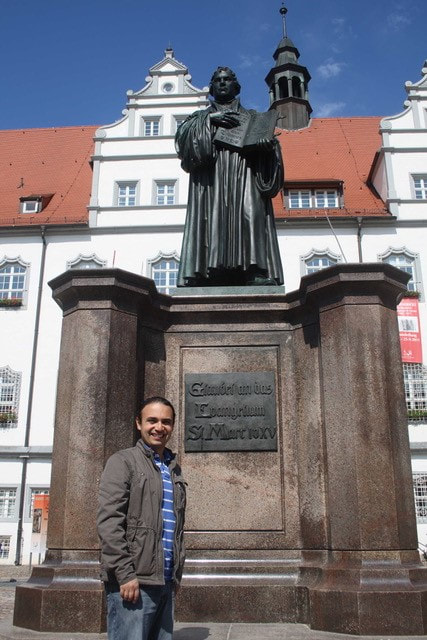

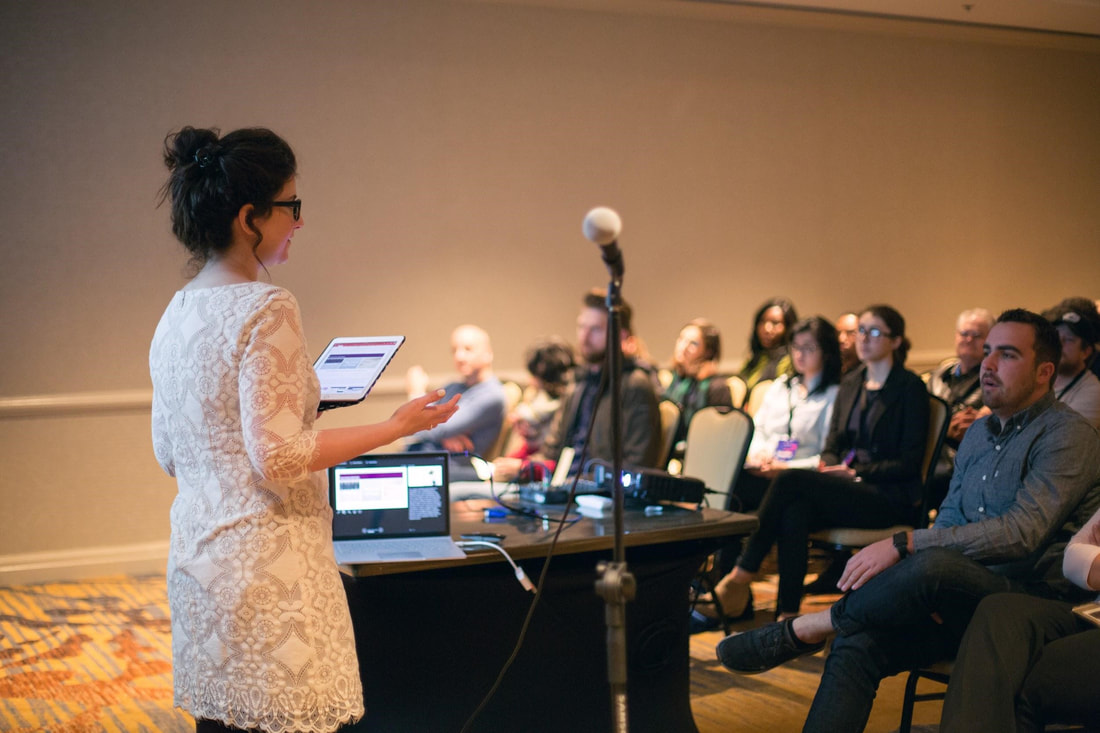
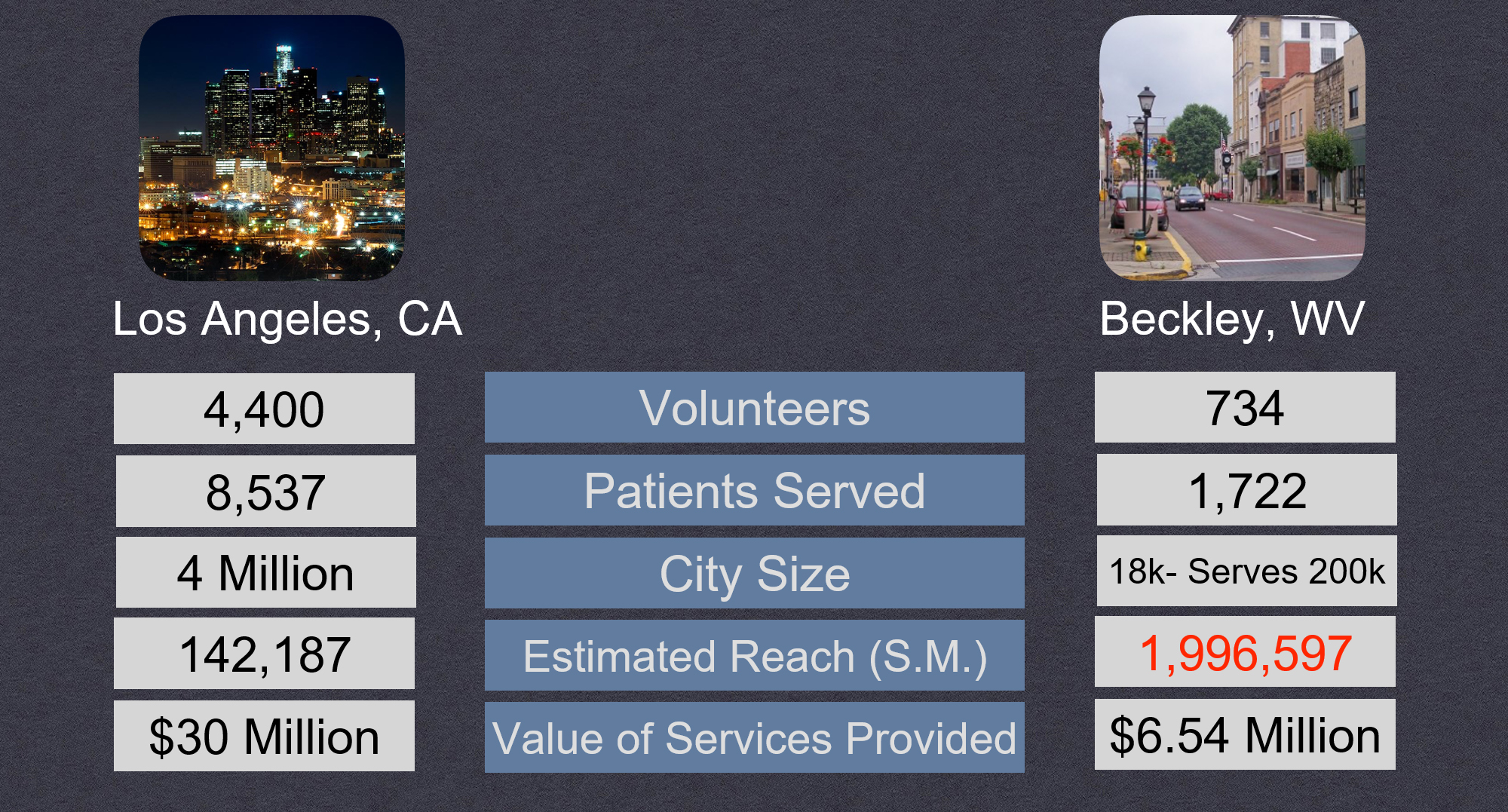
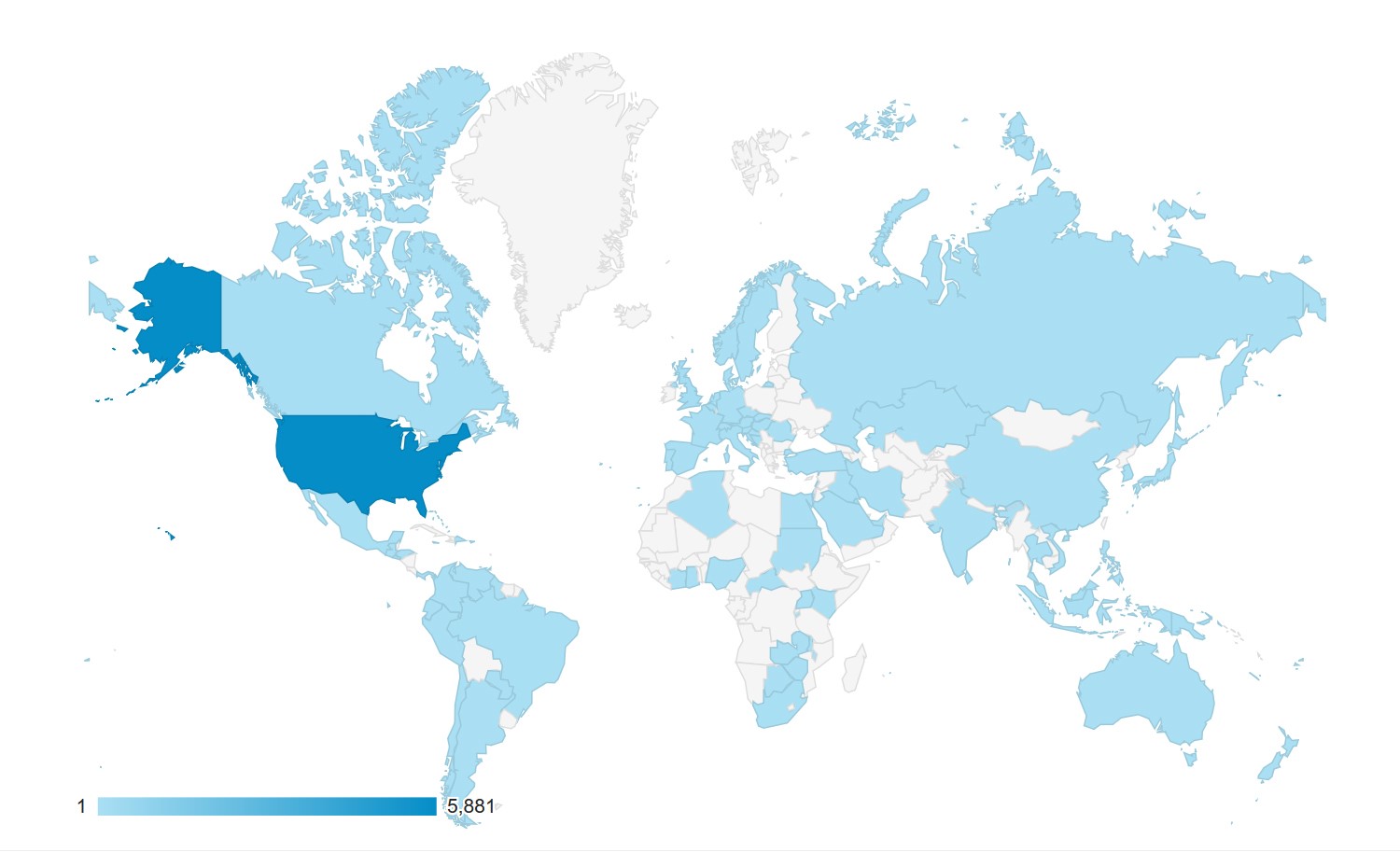
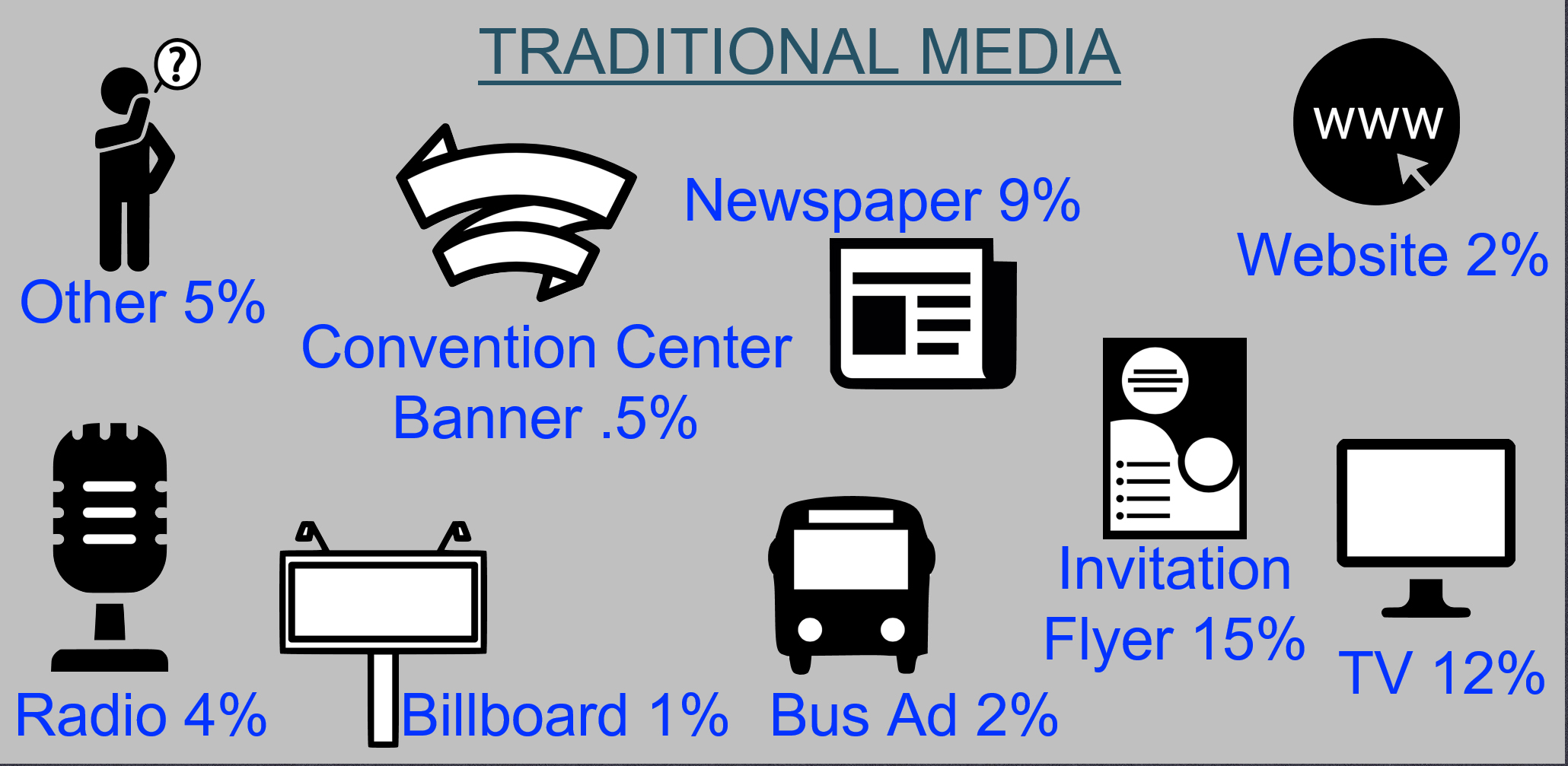
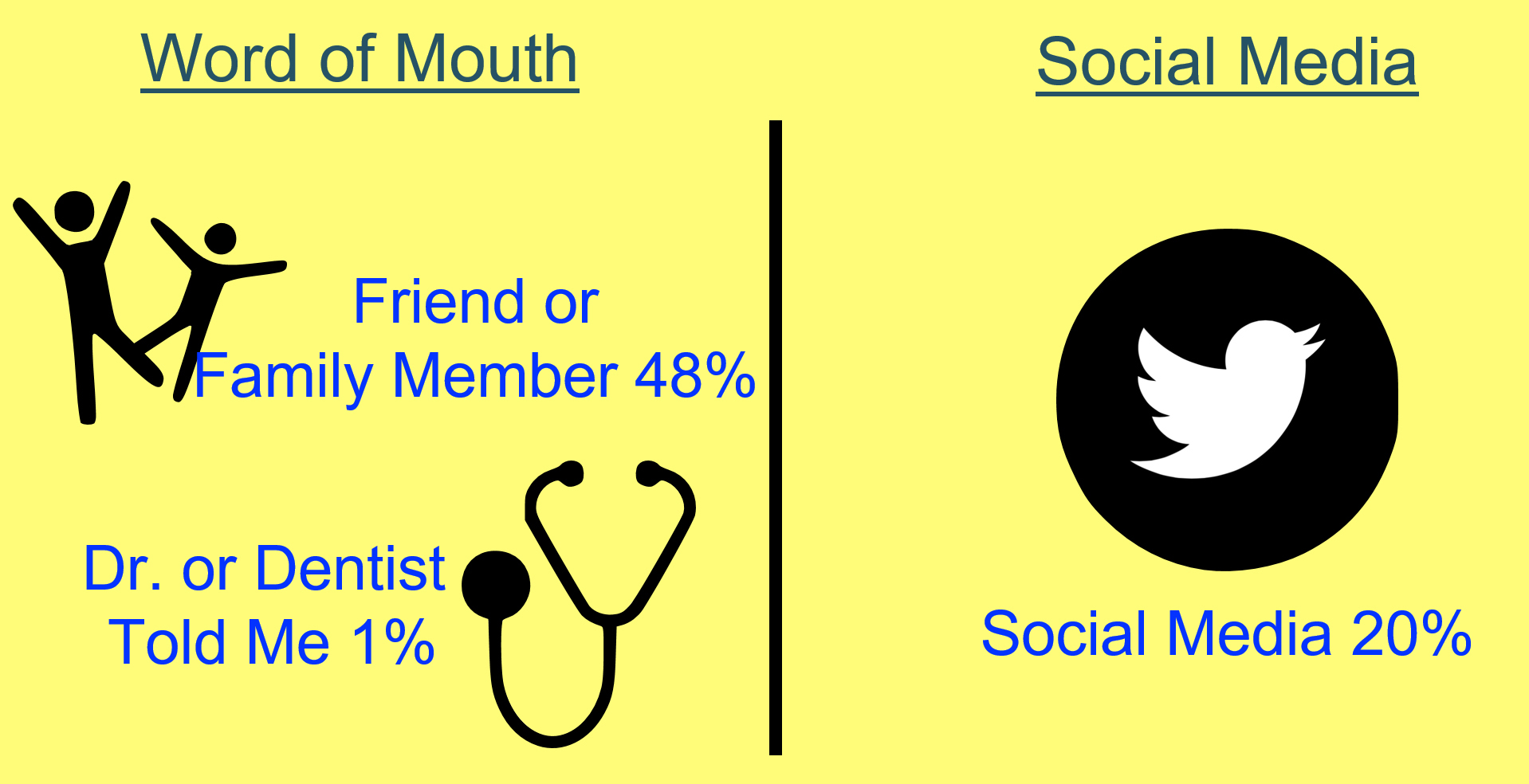
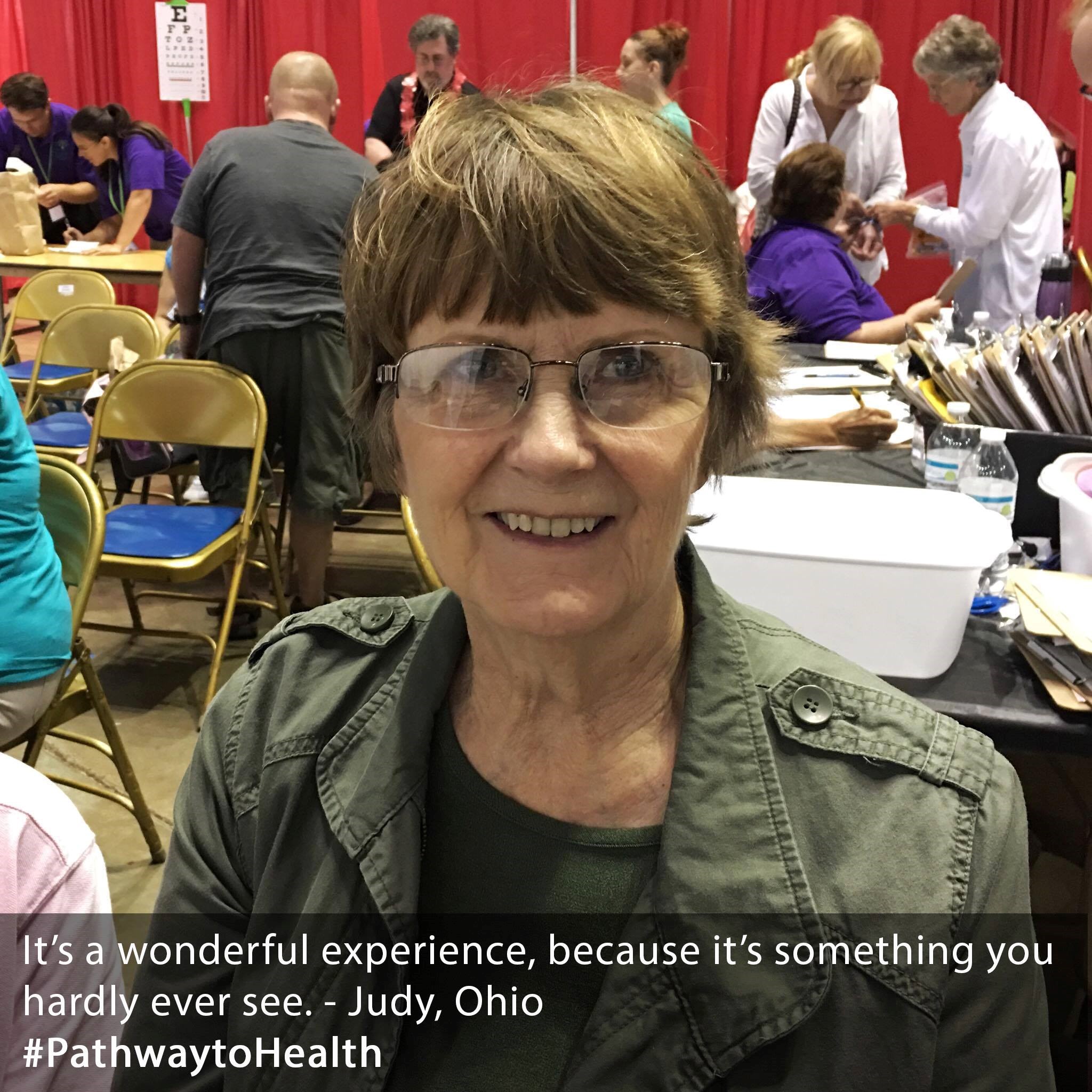


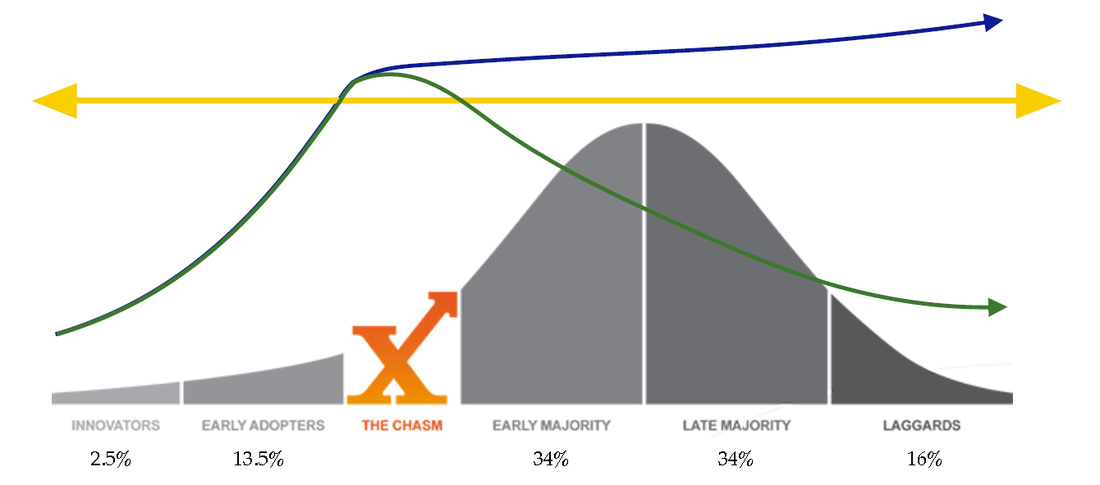
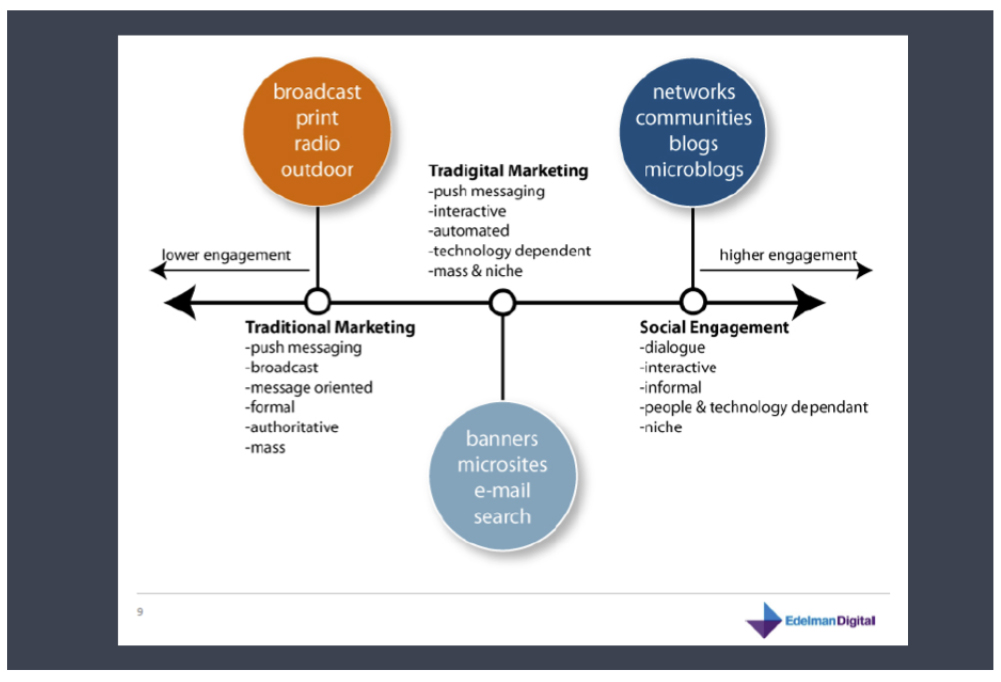


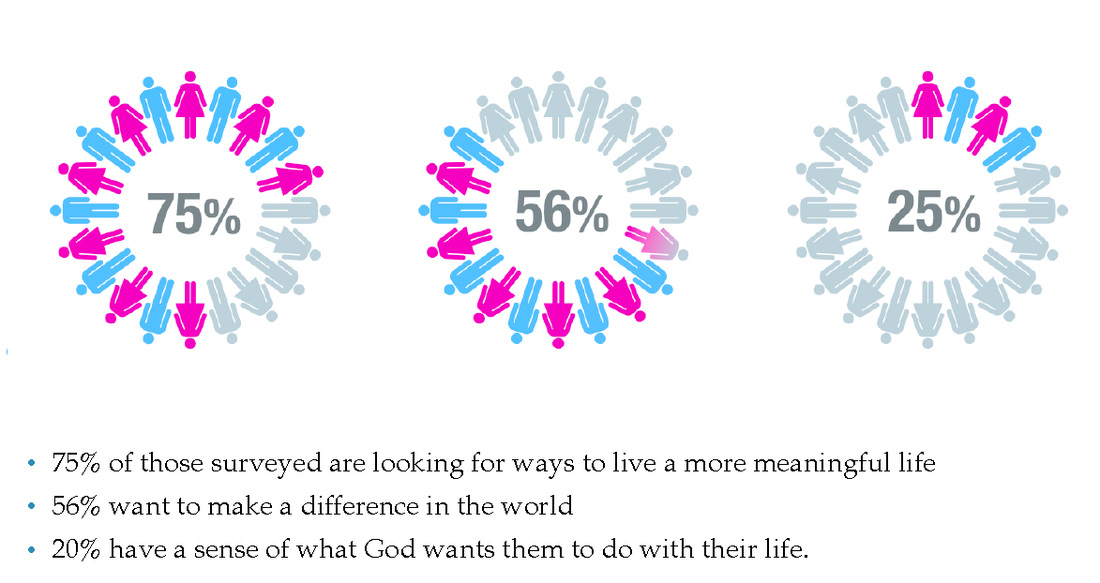
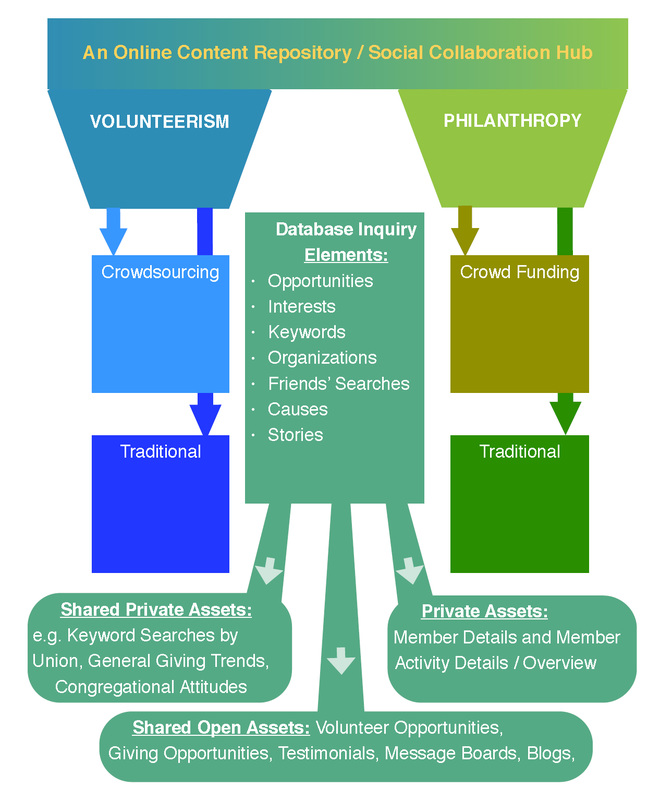
 RSS Feed
RSS Feed